Collectible Calendars: Chronicling The Days Of Our Lives
Smack Dab In The Middle: Design Trends Of The Mid-20th Century
By Donald-Brian Johnson - January 10, 2020
Its 2020! Out with the old, and in with the new. Clean those closets, and dump those dresser drawers. Time to jettison the junk and start the New Year with a clean slate. Wait a minute, youre not going to throw away that nifty wall calendar, are you? Not so fast. Wall calendars fall into the category of collectible ephemera, which pretty much says it all. Ephemeral means something short-lived, or transitory. (In other words, here today, gone tomorrow or thereabouts). Like Christmas cards, Halloween decorations, sheet music, homemaking magazines, and other paper goods, wall calendars were never intended for lengthy life spans. Once theyd served their purpose of marking the days, it was off to the trash heap as an up-to-date model made its debut. Except, a lot of those wall calendars were so gosh-darn appealing that folks couldnt bear to part with them. Maybe it was that heart-tugging illustration of a freckle-faced lad with a frisky puppy, or the promo for a once-familiar, now long-vanished local business, or even the coy glance of a perky pin-up girl on the calendar that once held pride-of-place over dads workbench. The days may have disappeared, but the memories lived on. Calendars have been around for awhile. A long while. The oldest thus far recorded dates from 8000 B.C., discovered during an archaeological dig in Scotland. Of course, that one was carved in stone. Paper calendars had to wait until the discovery of paper (or, at any rate, papyrus). Even then, the tedious task of hand-lettering meant that calendars were primarily the province of scholars, in need of details on phases of the moon, liturgical observances, and the like. And then, in 1440, along came the printing press, and calendars could be printed. A later development: broadside printing, which meant calendars could be printed on a single sheet of paper. By the late 1800s calendars were within almost every budget, and businesses took note. If folks were going to hang calendars with a pretty picture on their kitchen walls, why not calendars that also included, in addition to that pretty picture, a prominent ad for the local gas station or funeral parlor? It would, after all, be up all year, subtly implanting a message ready to emerge when the time was right. (Need a new Frigidaire? Who to call? Well, how about Berg Hardware? It says right on the calendar that they carry refrigerators. And look, heres their phone number!) To attract consumers, businesses went all-out in selecting the most appealing calendar art possible. In many cases the artwork dwarfed the actual calendar. After all, the object was to get those calendars prominently displayed. The illustrations, ranging from the scenic (trees in gold-red autumn splendor, winter wonderlands) to the heartwarmingly homey (the first day of school, bedtime prayers, kids at play) are a primary source of interest to collectors. Also sought-after: intact calendars, with no pages missing or scribbled on. An especially attractive mid-century example in mint condition can be yours for under $20. Many with minor damage are available for far less, particularly when sold in lots at auctions or estate sales. Well into the late 20th century, wall calendars retained their advertising allure, even with the advent of television and radio. At most businesses, calendars were available at no charge, since they were inexpensive to produce and served as an ongoing source of free promotion. You could turn off the TV. You could turn off the radio. You couldnt turn off the calendar. That yours for the asking tradition continues today. Yes, the new year is here, and with it your new wall calendar. Its pristine pages are filled with the promise of wonder-filled days ahead. Or, as Anne of Green Gables author L. M. Montgomery once put it, Isnt it nice to think that tomorrow is a new day, with no mistakes in it yet? Happy New Year! Minnesota calendars are from the Charles M. Johnson Sr. collection. All photos by Hank Kuhlmann. Donald-Brian Johnson is the co-author of numerous books on design and collectibles, including Postwar Pop, a collection of his columns. Please address inquiries to: donaldbrian@msn.com.

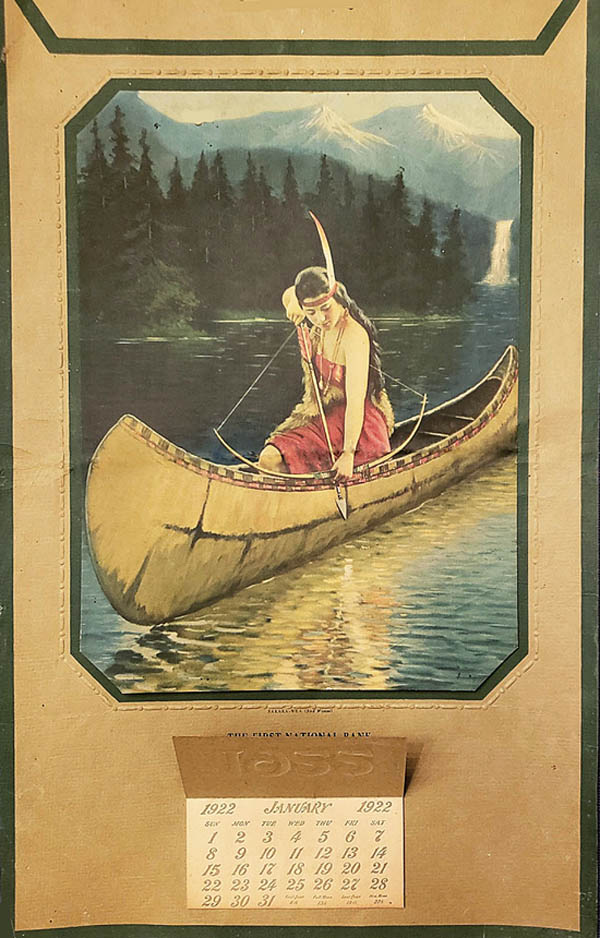
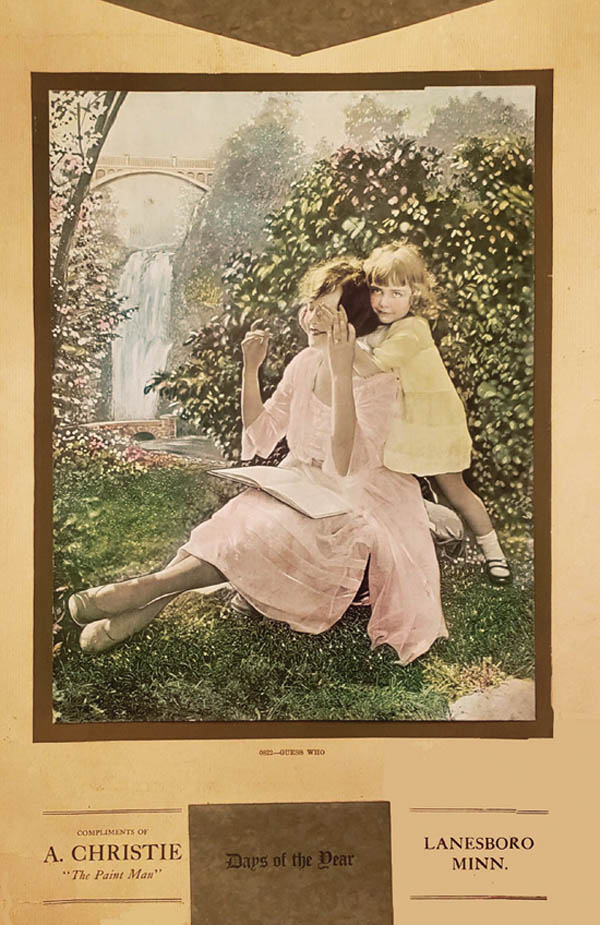
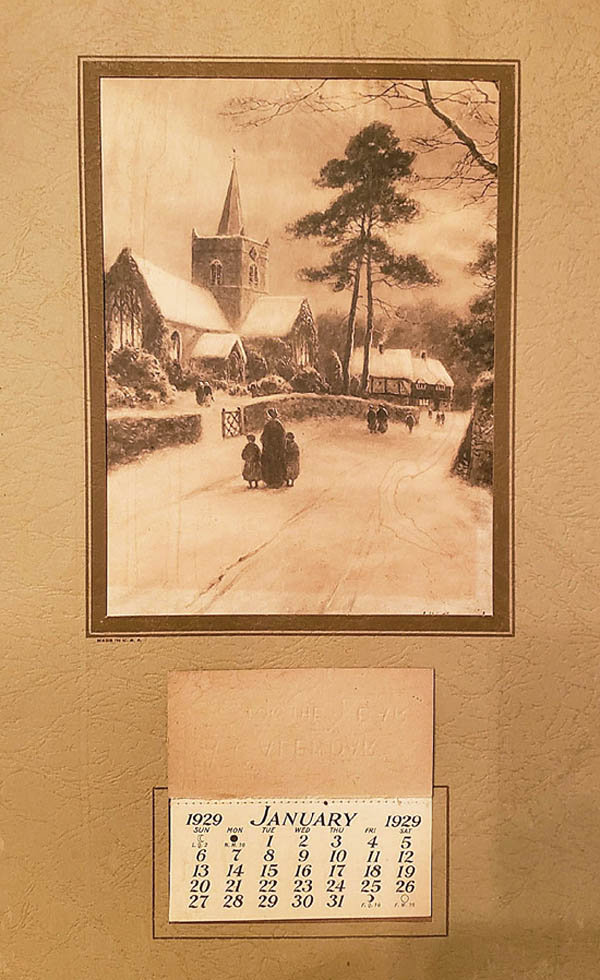
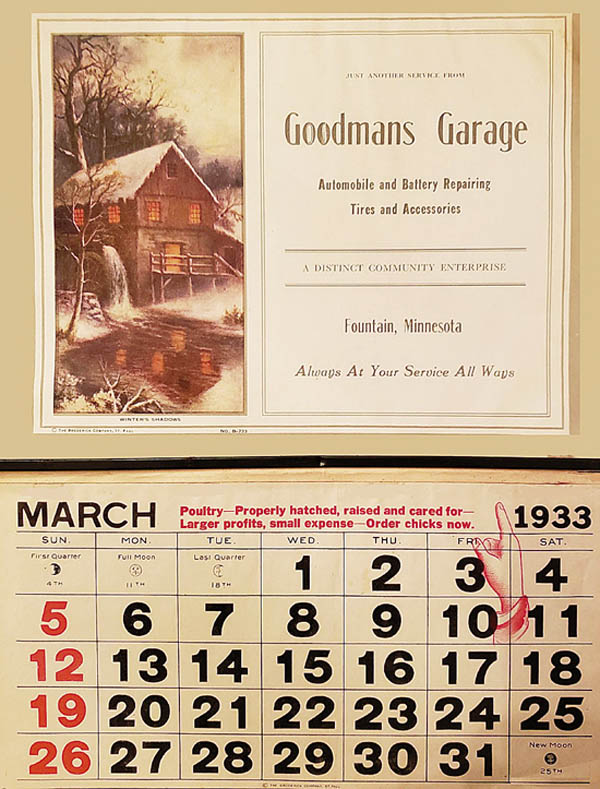
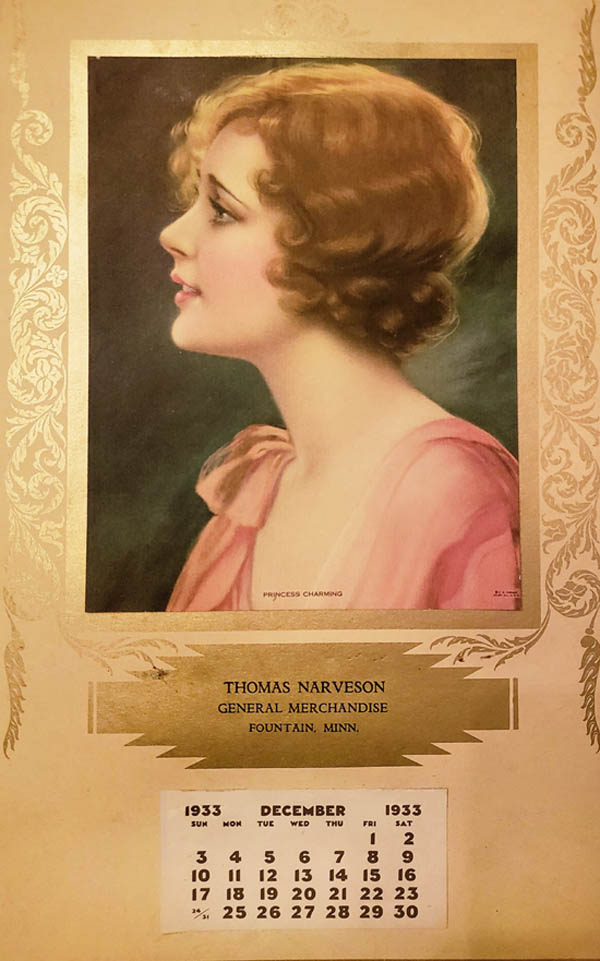
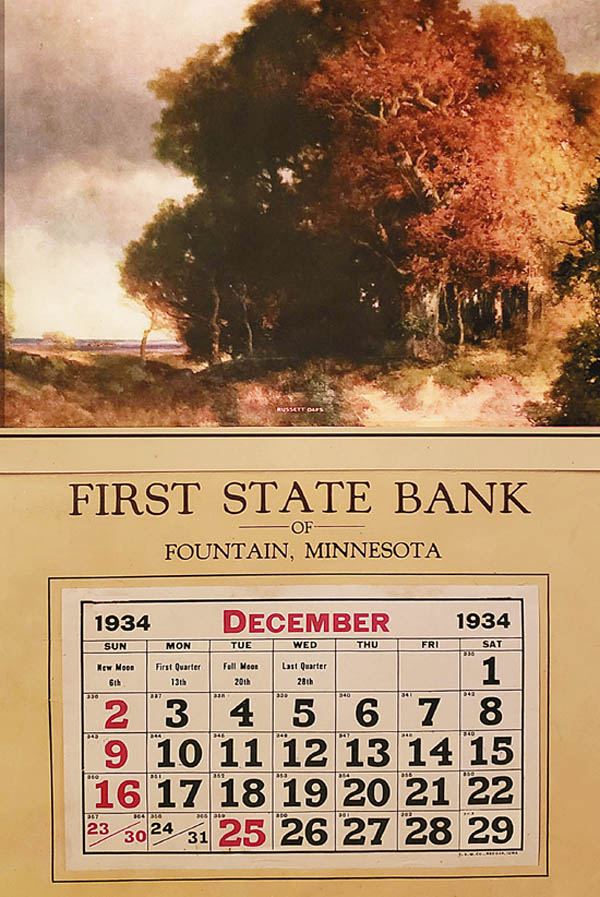
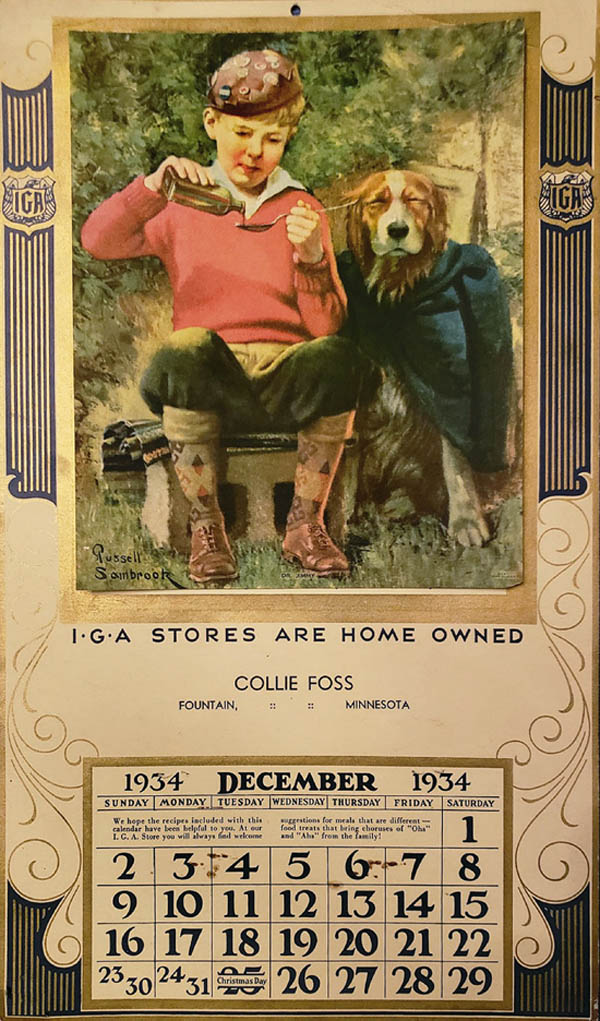
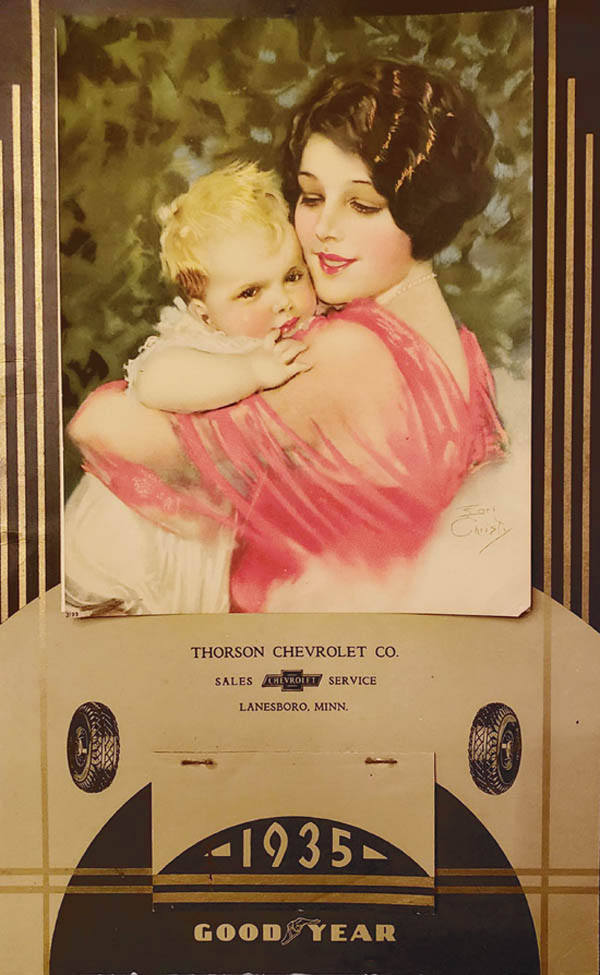
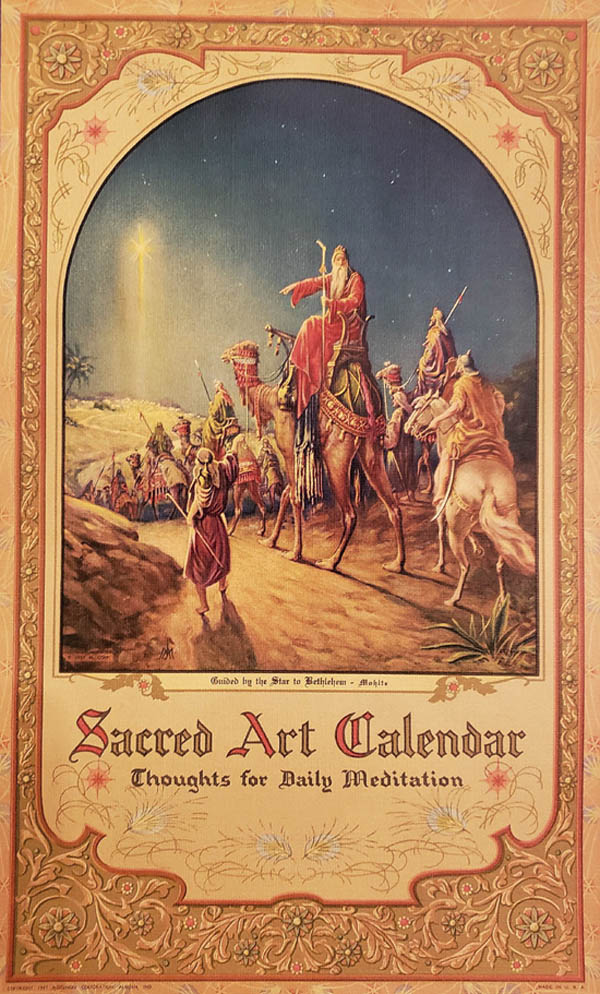
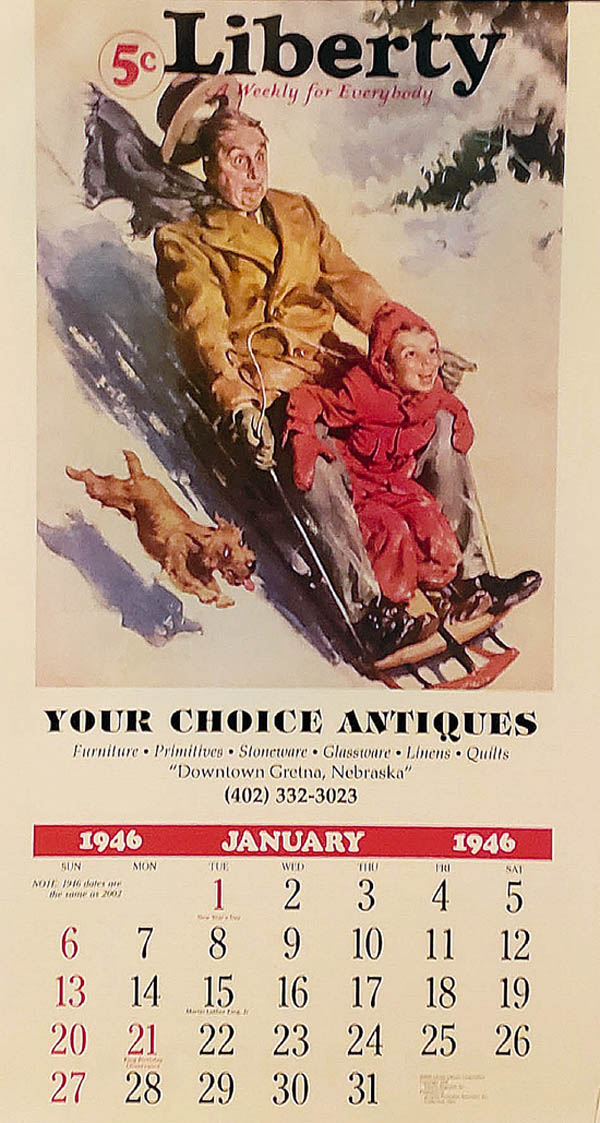
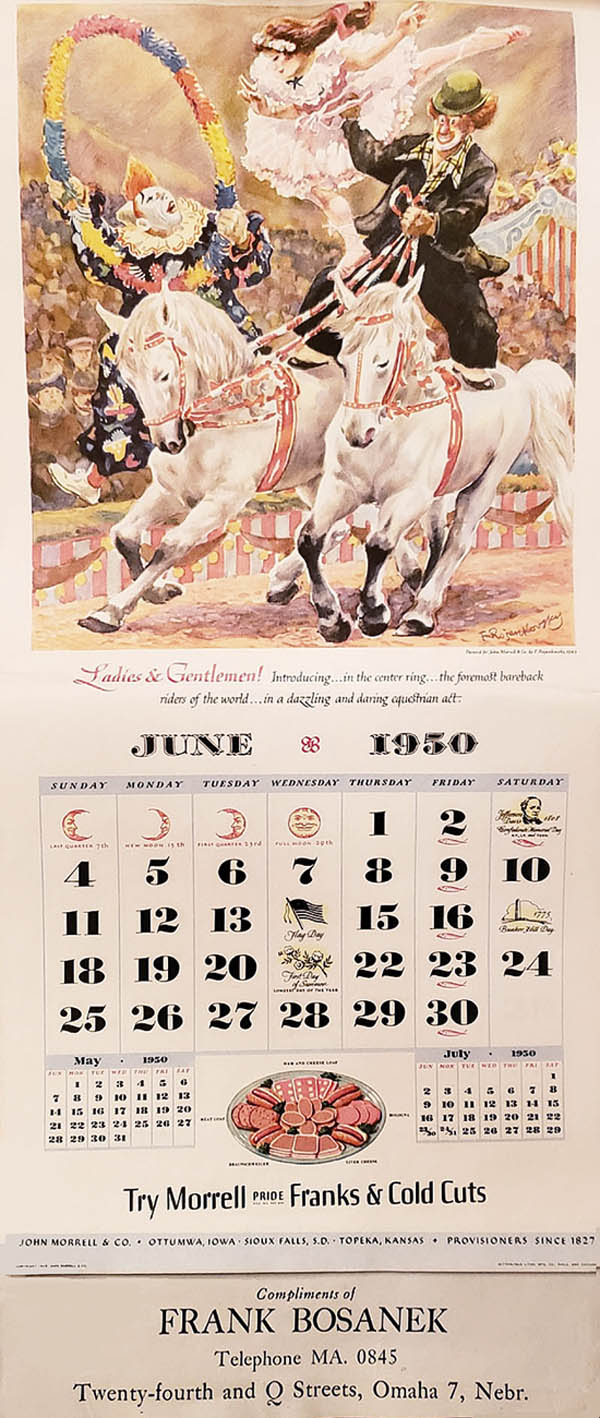
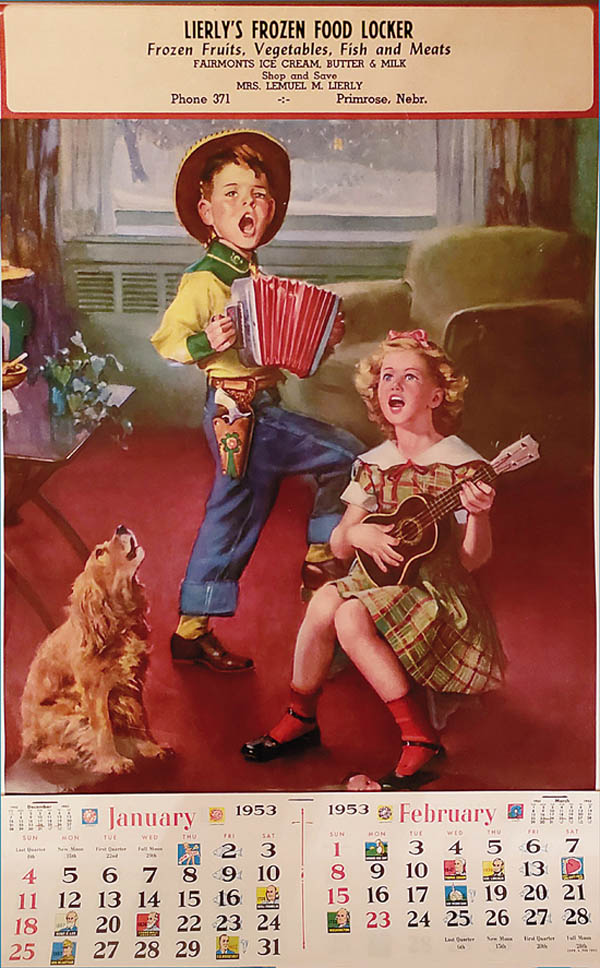
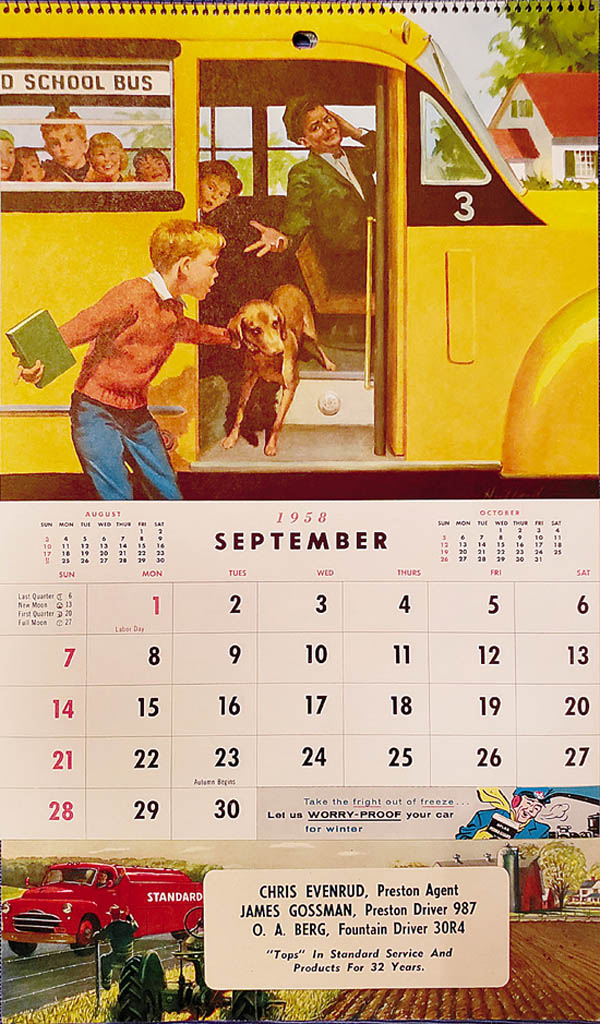
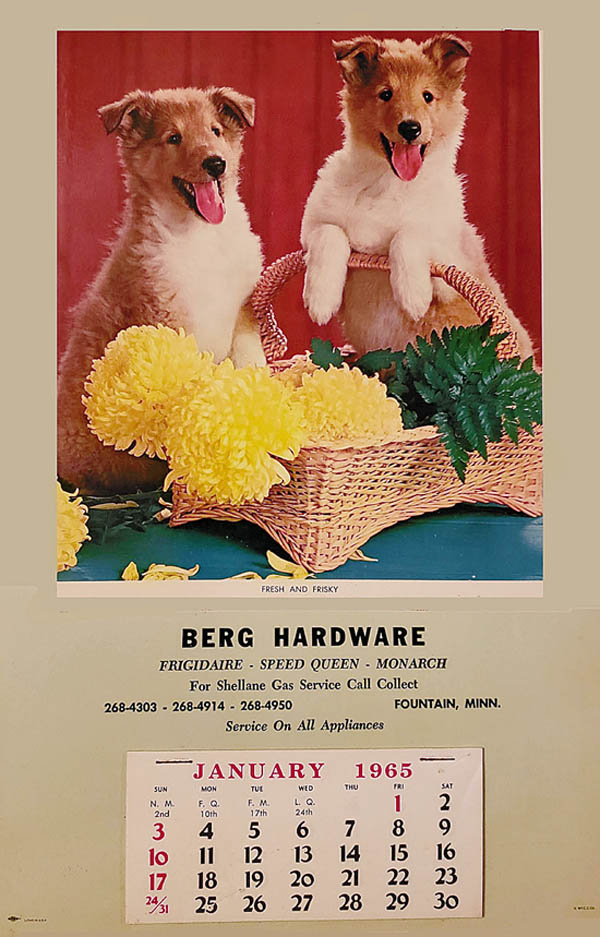
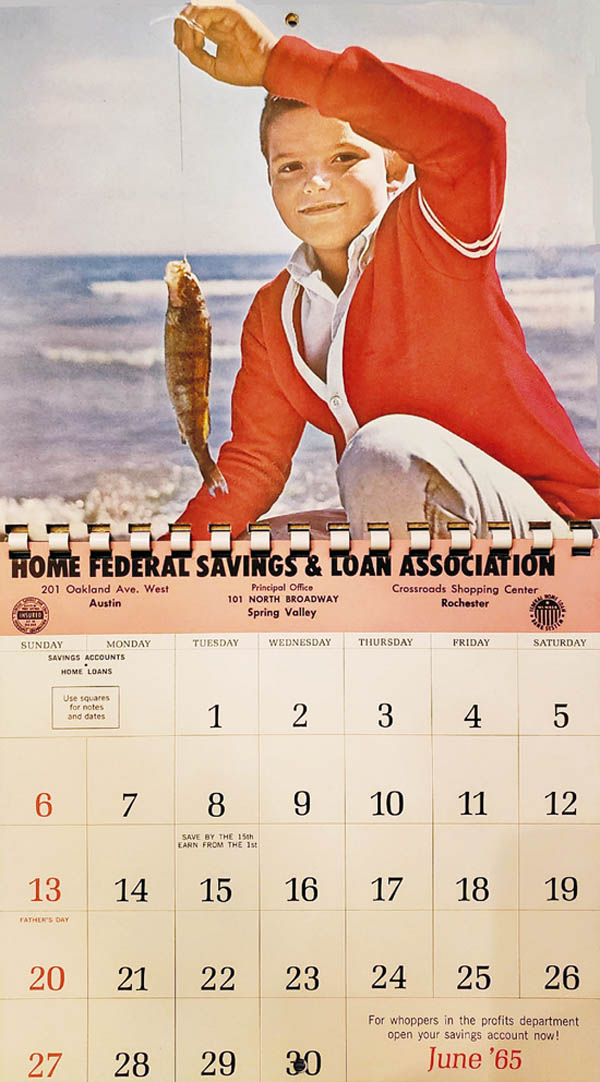
SHARE
PRINT